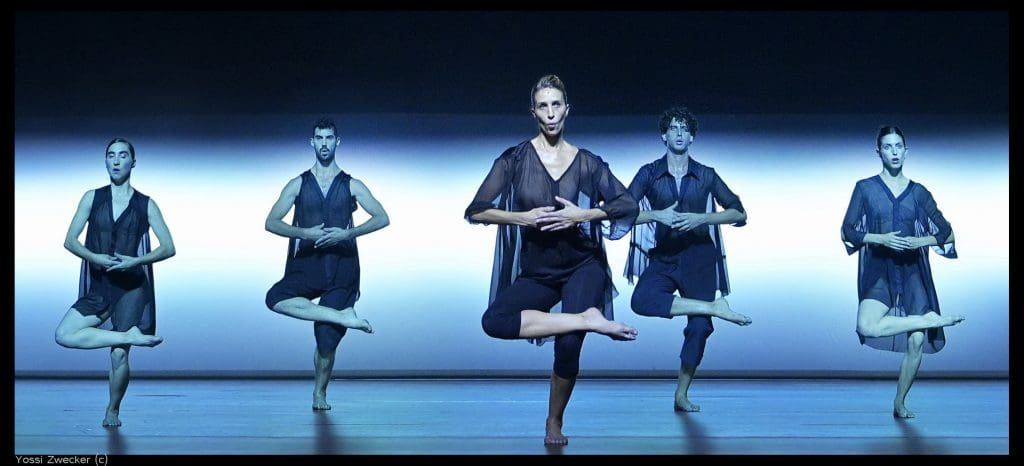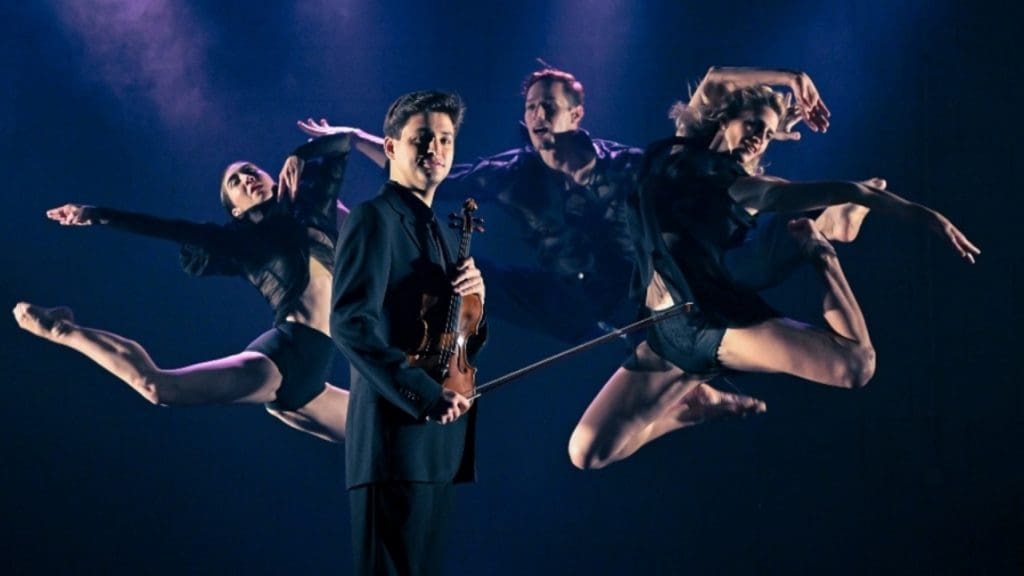' Israeli choreographer Itzik Galili, a former Batsheva and Bat-Dor dancer , moved to the Netherlands three decades ago and founded there his first dance company. He soon flourished and became recognized as a talented artist with prestigious international career.
The Four Season production he initiated, is a joint effort hosted by the Opera , accompanied by the Israel Symphony Orchestra Rishon Le-Zion and an ad hoc cadre of 10 dancers, assembled by Galili while he was stranded here during the pandemic.

This crucial year which affected and scarred most of us plays a major role in the artistic fabric of his latest creation premiered this week. I seems like Galili had decided to challenge Vivaldi's most beloved creation for four violin concerti known as The Four Seasons, and by doing so, rejuvenated himself.
It was a bold move; some will call it Huzpa, to intertwine his own verbal phrases which at times, overrode the music with cogitative and political texts, between the musical phrases.
It turned to be a fascinating controlled friction between the early eighteen century music and contemporary dance, a confrontation between the music's subtext derived from the written sonnets concerning nature which Vivaldi strived to express, and Galili's attempt to reveal another layer of the dance, beyond more traditional corporal means.
By doing so, Galili followed the raison d'être of Vivaldi. He relies on the music, being well aware of its cultural roots, and used mainstream contemporary dance as the leading artistic genera of his work, and manipulated it for his needs. The cultural subtext burst in small manifestations, some barely noticed of court dance split-seconds gestures of bowing down, or several moves that refer to folk dance steps such as circles which brings to mind the Hora, where people holding hands execute simple repetitive rhythmic steps with accelerating energy in line or circle formations..

Galili, chose right, knowing he can trust his accumulated knowledge of practice of his art. With assured hand he controlled well the fluency in which his group compositions assemble, flip, disintegrate and reassemble the fragments in new formations, shifting focal points without losing the dance's main artistic core.
Using text in dance is not new. The challenge is not the verbal component, but its content, which was quite provocative pertaining to fear, pain and frustration which reflected our current times and our brittle future. The upcoming of our allocated time was verbalized: 'no more seasons!', 'in the future time will expand, a moment will be like an hour…people will amputate their limbs…in the end, suicide will become a prevalent death choice' . The morbid messages could not erase many attractive dance moments, which were brilliantly lit by the talented designer Nadv Barnea that managed to reveal that, for Galili, perception of time is personal. For Vivaldi the perpetual passage of time is divine poetry.